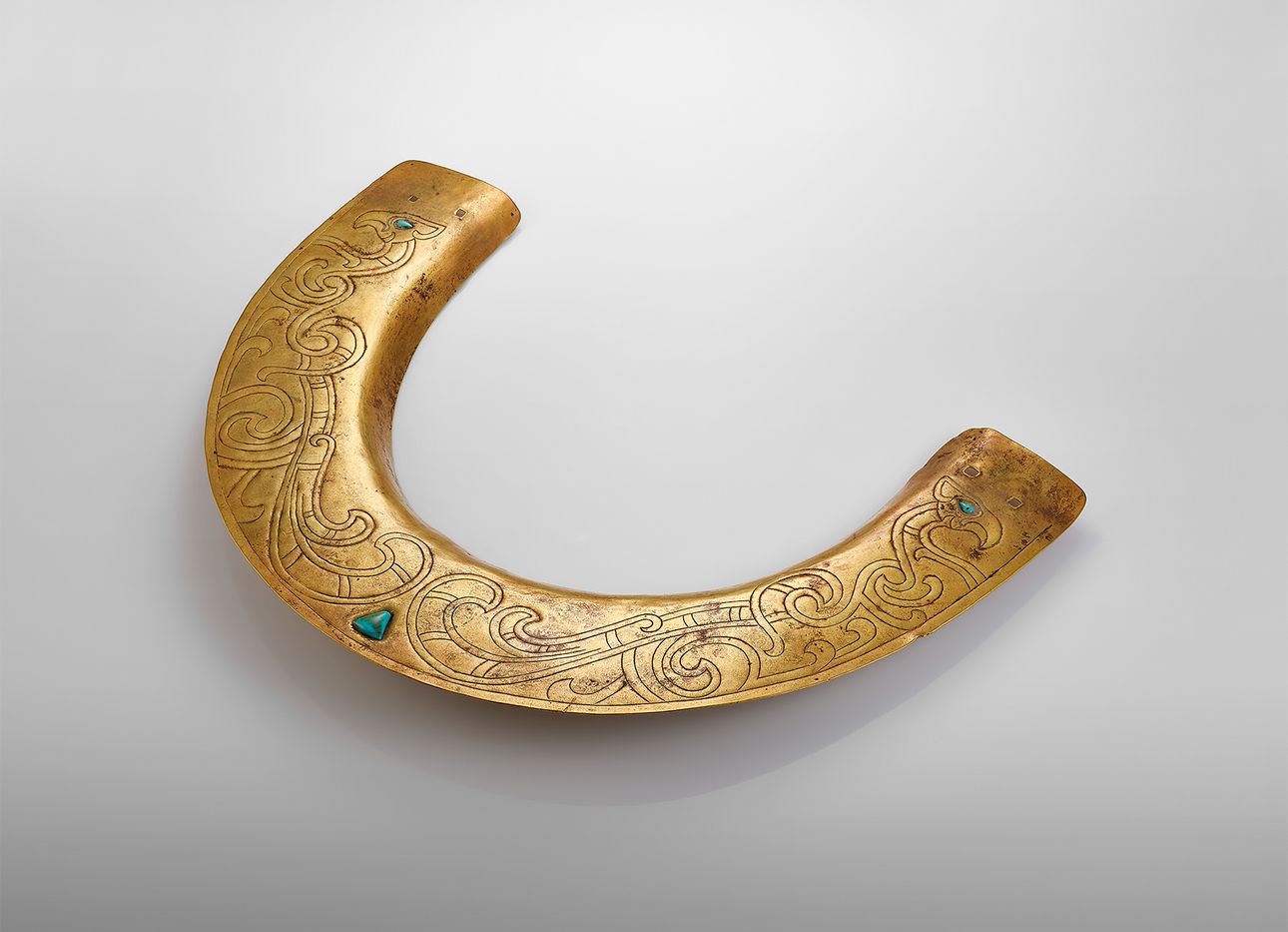
How a Parisian Jewelry School Has Opened Up Access to a Rarefied World
The enduring relevance of jewelry in society and culture stems, in part, from its adaptability, but also from its intimate relationship with the body. Its form and function offer fertile grounds for innovation that can transcend personal ornamentation, such as the thick golden armlets worn by 7th-century women to fend off dishonorable men, or the 19th-century mourning rings worn as a tribute to lost loved ones.
In 2012, L’École, School of Jewelry Arts, an institution supported by the French jewelry house Van Cleef & Arpels, opened in Paris with the goal of passing on this rich body of knowledge—largely through a hands-on approach—to a global audience. In addition to exhibitions, publications, research projects, and public events, L’École offers a range of courses led by experts in the field. Some teach students the fine-tuned art of jewelry-making, working with materials ranging from age-old gems to contemporary plastics; others explore the history of adornment and its many cultural and political reverberations. To reach those outside France, the school added a second campus in Hong Kong, in 2019, and regularly takes its efforts to other countries in the form of talks and classes. (Our co-founder, Spencer Bailey, sits on the school’s New York honorary committee, which has helped shape its programming and projects in the U.S.; in the past, he has conducted several live talks with the organization, two of them with the jewelry artist Daniel Brush.)
This year, as L’École celebrates its first decade, the school is launching some of its most ambitious—and curiosity piquing—developments to date. These include the opening of a third facility, in Shanghai, and a second Paris space, in the historic Hôtel de Mercy-Argenteau, which will feature a public library of roughly 6,500 reference works on jewelry and gems. At its current Paris space, in the Hôtel de Ségur, L’École will open a gemmothèque, a gem library, that contains some 1,200 stones for visitors to view and even handle. The school will also introduce new courses, including ones on diamond grading, pearls, and jade; publish eight books; and mount multiple exhibitions around the world.
Tying all of these pursuits together is L’École’s abiding dedication to exploring the making and history of jewelry in inclusive, tactile ways. We recently spoke with the school’s longtime president, Marie Vallanet-Delhom, about the role of touch in jewelry, and the pedagogy that’s propelling L’École into the future.
Why is it important to teach people about jewelry and gems?
Working with metal for adornment and using stones for their symbolic power and beauty are integral to being human. It’s important that there is a place dedicated exclusively to learning [these skills]. Did you know that during the Middle Ages goldsmiths were paid more than other artists because they touched what was most precious?
Since the beginning, our goal has been to share knowledge with the general public about human adornment, which is certainly one of the earliest, if not the earliest, ways in which humans express themselves artistically—maybe even earlier than wall paintings on caves! We wanted to encourage understanding, appreciation, and enjoyment of jewelry-making arts and techniques through hands-on experience. To educate the hand and the eye.
How will the gemmothèque and library help L’École reach a wider audience?
Our students and friends must be able to consult carefully curated, reliable, up-to-date, and ever-richer primary sources for learning: books and, of course, stones. Both the gemmothèque and library will deepen the public’s understanding of jewelry culture [by] giving them ever-better tools to develop their knowledge and, above all, their enjoyment of stones and jewelry, which means they must have access to look as well as touch.
Tell me more about the role of touch in the school’s approach.
Touch is right at the core of our teaching strategy and philosophy. It’s more or less essential for all three types of courses we offer. Touch is the absolute sine qua non of our Gemology program, where stones are handled, examined, and investigated with scientific tools in a small group advised by expert gemologist teachers. In our Savoir-Faire courses, the student dons the jeweler’s coat, picks up the tools, and works side by side with elite jewelers, setters, lacquer artists, enamellers, and mock-up makers. And in Jewelry History, we are on a constant curatorial acquisition quest to augment our collection of museum-quality, antique jewels. These are used to bring the museum into the classroom, where we remove glass vitrines between the students and the jewelry, and provide magnifying glasses for them to better engage with the antique jewels. Though in this last case, with preservation in mind, students don’t literally touch the objects.
Outside the classroom, what can people learn, or communicate, by putting on or handling a piece of jewelry?
Handling stones generates feelings, emotions, and visceral connections. That tactile experience is essential to both understanding the jewelry arts and to having a pleasant, positive experience. Our eyes and our fingers observe, and then relay to the brain what becomes knowledge, bringing a heightened level of awareness and enjoyment. When people gather around the gemology table, pass gemstones around, and comment, they experience a level of bonding and a kind of osmosis.
It sounds like you’re saying that jewelry can act as a portal to connecting with others, as well as with ourselves.
We can literally learn all about human history—from its very dawn, through different eras, across the planet—through jewelry. Stones, in particular, have always interested me because of the emotions they evoke, and the ways in which they reflect our nature, and even the evolution and development of our culture—our humanity.